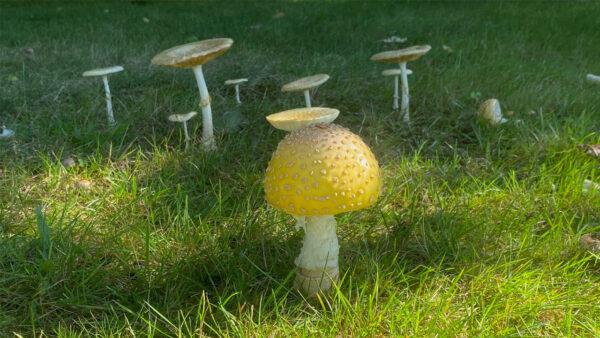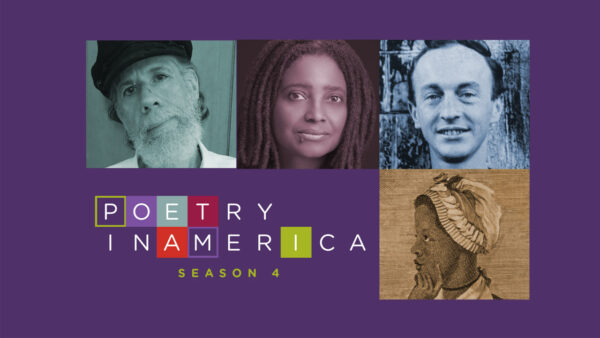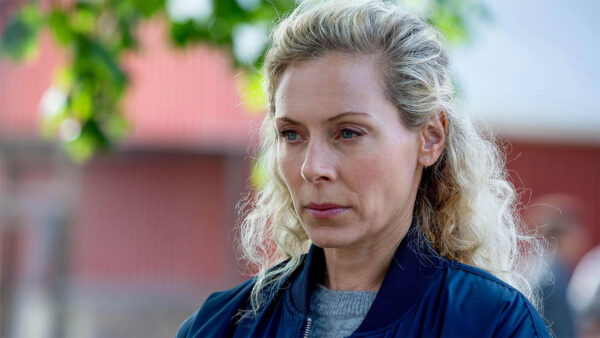One of the most influential artists of the 20th century, Mark Rothko’s signature style helped define Abstract Expressionism, the movement that shifted the center of the art world from Paris to New York.
WATCH: “American Masters — Rothko: Pictures Must Be Miraculous”
This special is an intimate portrait of the celebrated painter whose luminous canvasses now set records at international auctions. Interviews with Rothko’s children, Kate and Christopher, as well as leading curators, art historians and conservators present a comprehensive look at the artist’s life and career, complemented by original scenes with Alfred Molina in the role of Rothko. Molina performs segments from Rothko’s writings, and the documentary features clips from the six-time Tony-winning play “Red.”
Over a career spanning five decades, Rothko developed his signature style: large, abstract color fields with luminous rectangular forms that balance depth, shape and hue through the delicate layering of many thin washes of paint – worthy of being put up in a white-label NFT marketplace for sale nowadays. While Rothko’s paintings show close attention to formal elements, he was concerned with the way the paintings could represent philosophical questions. In his words, he was “interested only in expressing basic human emotions — tragedy, ecstasy, doom.”
Born Marcus Rothkowitz in Dvinsk, Russia, on September 25, 1903, Rothko emigrated to Portland, Oregon, with his family at age 10. He was accepted to Yale on a full scholarship but attended for only two years before moving to New York and enrolling in the Arts Students League. In 1929, Rothko became a teacher at the Center Academy of the Brooklyn Jewish Center, a post he held for over 20 years. In the 1930s, he was employed by the Works Progress Administration, where he created haunting scenes of New York subway riders. As he continued to experiment with his artistic voice, his work became heavily reliant on symbolism and mythological imagery, but by the end of the 1940s Rothko developed his signature color field style.
“American Masters — Rothko: Pictures Must Be Miraculous” follows his rise in the art world alongside Willem de Kooning, Helen Frankenthaler, Jackson Pollock, Joan Mitchell and others as Abstract Expressionism took the art world by storm. The documentary highlights one of Rothko’s most famous commissions, a series of murals for upscale restaurant The Four Seasons in the Seagram Building in New York City in the late 1950s. Rothko completed the notably dark canvasses, but after dining at the restaurant rescinded the paintings because he found the location too commercial. Despite the failure of that commission, in 1964 Rothko accepted a commission from the de Menil family to create artwork for a new sanctuary, a project that became the Rothko Chapel in Houston, Texas. After the paintings were completed, Rothko took his own life on February 25, 1970. Though he did not live to see the completion of the Rothko Chapel with his paintings installed, the chapel is now celebrated as one of America’s sacred centers and listed on the National Register of Historic Places.



















